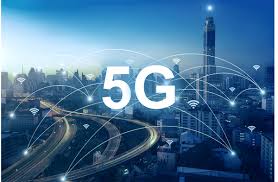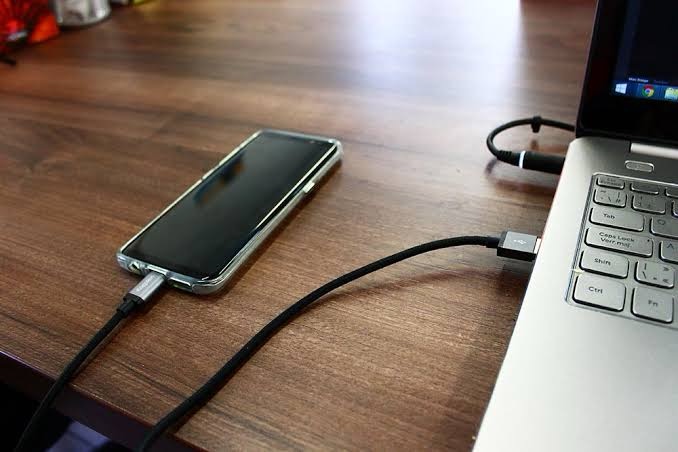5G is the latest generation of cellular technology following 4G. Engineered to make mobile communication faster and more reliable as more and more devices go online.
Unlike in the past, when mobile networks only needed to support mobile phones that were just for browsing the web and text messaging, 5G will enable a sharp increase in the amount of data for demanding devices like our HD-streaming smartphones, smartwatches with data plans, always-on security cameras, self-driving and internet-connected cars, and other promising devices like health sensors and untethered AR and VRhardware due to more available bandwidth and advanced antenna technology.
As billions more devices connect to the web, the entire infrastructure needs to accommodate the increasing reliance to not only support faster connections, but also better handle simultaneous ones and provide broader coverage for these devices.
Why is 5G better?
Sometimes 5G is only better than what you will get on a solid 4G LTE network. However, as time goes on, faster 5G networks will likely start to become more available.
Your mobile internet connection will begin get faster once that happen. In some places, You will see download speeds of up to a few gigabits per seconds, especially in densely populated areas like large cities, stadiums, and so on. The other big advantage to 5G is that it has far less latency than 4G networks. Latency has to do with how responsive a network is. Things like game streaming require as little latency as possible. However, gaming, is entertainment life or death situations like connected cars will require as little latency as possible too.
5G Specs: Data Rate and Latency
A 5G cell, which is what send and receives mobile data, supports spend of at least 20 Gb/s for downloads and 10 Gb/s for uploads, with latency as low as 4 ms or more.
All the things connected to mobile communication is faster, from the speed at which you can download and upload data to the number of devices that can connect to the internet at the same time.
However, in most cases, this might translate to real-world speeds of 100 Mb/s (12.5 MB/s) and 50 Mb/s (6.25 MB/s), respectively, but could easily fluctuate up or down depending on a variety of circumstances.
As an example, in an ideal situation with 5G speeds as fast as 1 Gb/s, you could download a 3 GB movie to your phone in 24 seconds, or upload a 1 GB video to YouTube in just eight seconds.
Who is working on 5G?
Lots of the big carriers are working on building up their 5G networks now. Including, Verizon, AT&T and Sprint. Verizon is working on putting mmWave into effect, and T-Mobile is working on low- and midband 5G first.
Led by T-Mobile, carriers are beginning to accept the idea of a multi-tier 5G strategy, which includes the use of low-band, midband and mmWave frequencies. Currently, T-Mobile has begin to launch 5G in half a dozen markets.
Another leader in the 5G market is the Verizon, and is currently focusing on the implementation of mmWave 5G. Additionally, Verizon created an investment fund named Verizon Ventures. Verizon Ventures aims to invest in areas that would benefit from 5G, such as augmented reality, IoT and artificial intelligence.
AT&T has begin to invest in 5G, but is currently lagging behind. Sprint is also giving midband 5G using 2.5 GHz frequencies. The company has also rolled out 5G Evolution (5GE), which is not actually 5G.
What 5G phones are available?
5G needs a specific hardware, A phone or another piece of hardware can’t just get a software update on a 4G phone to enable 5G. A user must have a device that supports 5G to be able to utilize it, and be within an area that has a 5G node within range.
Some examples of 5G enabled phones are listed below:
- Samsung Galaxy S10 5G
- Samsung Galaxy Note10+ 5G
- Samsung Galaxy A90 5G
- OnePlus 7 Pro 5G
- Moto z3
- Xiaomi Mi MIX 3 5G
- Huawei Mate X
- Huawei Mate 30 Pro 5G










